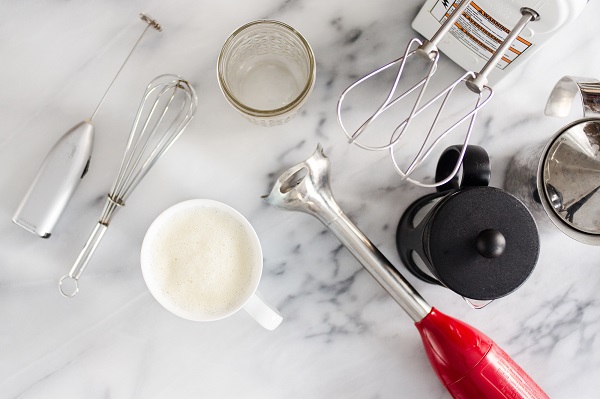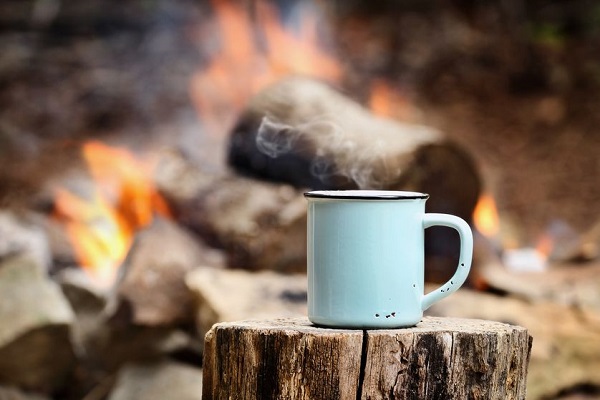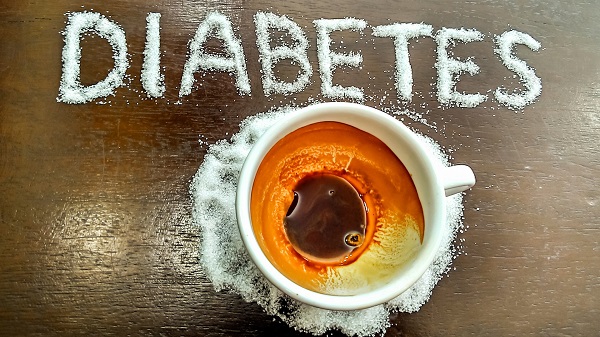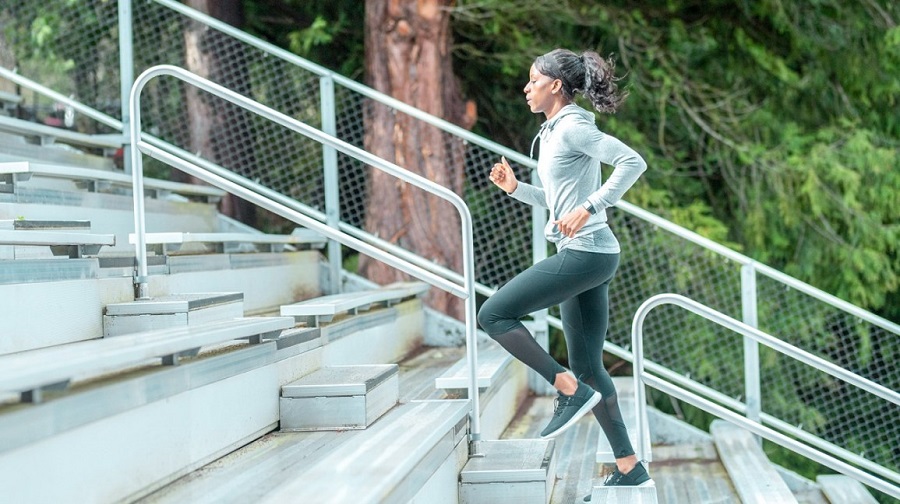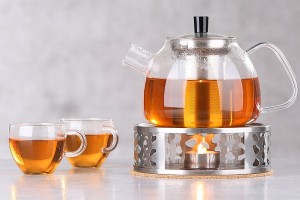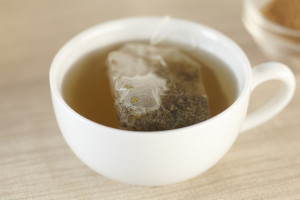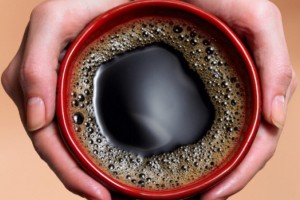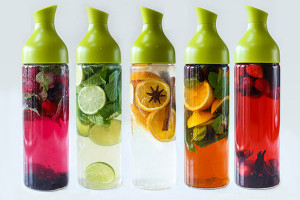Do You Know the Difference Between Espresso and Coffee
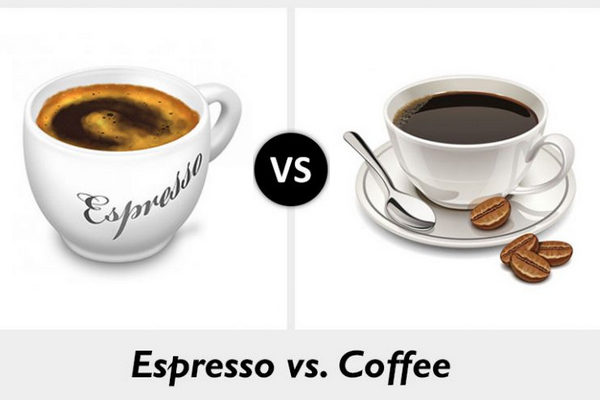
Espresso, going by the name of “the soul of the coffee”, attracts starters for its distinct shape of product and strong taste. When compared to the brewed coffee, the Cream floating on the top of the espresso also differentiates the two in essence. Still far from Mr. Know-all if you utter fewer perspectives from above among coffee fanatics.
What are the differences between espresso and coffee? Let’s take a view on 4 aspects contrasted with the two similar drinks.
Espresso vs Coffee: Caffeine Content
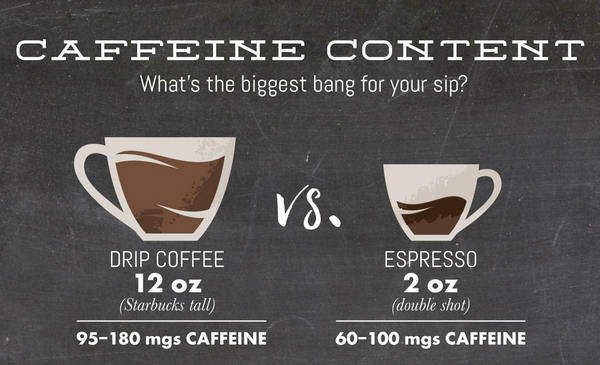
Measured in terms of the capacity of a cup, the caffeine content in brewed coffee outweighs espresso, because the cups and portions supplied for espresso are smaller. An 8-ounce cup of coffee contains 80 to 185 mg of caffeine, while an espresso shot contains from 40 to 75 mg of caffeine. Given to certain capacity, there is more caffeine in espresso per ounce on the ground of the extraction process. In addition, people prefer to multiple shots of espresso so that it levels the caffeine content as a whole.
Espresso vs Coffee: Serving Size
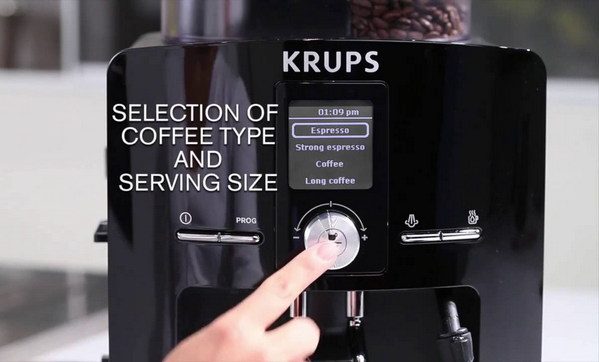
Since espresso is more concentrated and stronger than brewed coffee, the serving size varies drastically. Typically, 8 ounces should be added to regular coffee, and one ounce for espresso.
Espresso vs Coffee: Flavor
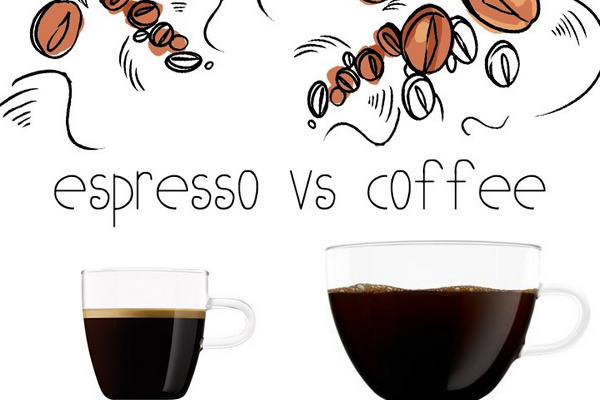
Espresso has more full flavored taste, both sweet and bitter included, than brewed coffee because it is more a blend of different beans (why does my coffee taste burnt). Furthermore, espresso turns out to be a fuller body due to its remaining flavor oils. Reversely, regular coffee are lacking of this because flavor oils have been removed at the process of brewing coffee.
Espresso vs Coffee: Brewing Method
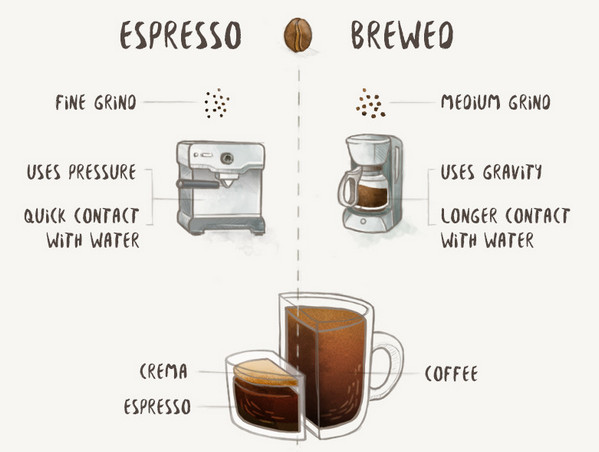
Espresso preparation is a bit more different and demanding. It entails a finer grind of coffee beans than regular coffee, boosting the extraction process and contributing to decent flavors. And the temperature for extraction should be optimized at 90℃-95℃, which also functions as an indispensable element to greater taste. Keep in mind that you should complete all the steps in an extremely limited time. Hot water under pressure needs to be quickly forced through the grounds for 15-20 seconds. Add Cream to the top and you can enjoy it right now.
Coffee brewed at home, maintained at proper temperature, can be leaved for a couple of hours and depends on your intention to have a sip. What we commonly used for homemade coffee are French Press and automatic drip maker. Measure certain amounts of medium coffee beans and put them into a filter. Pour over hot water onto the ground coffee; wait for the water falls through the coffee and the filter.
Next time you go to the shops, you won’t get bewildered by the narrow crowded coffee shelter, for you have a good knowledge of the differences between espresso and coffee. Both beverages can give you a pick me up when you are sleepy, what counts most are your own taste and preference.







